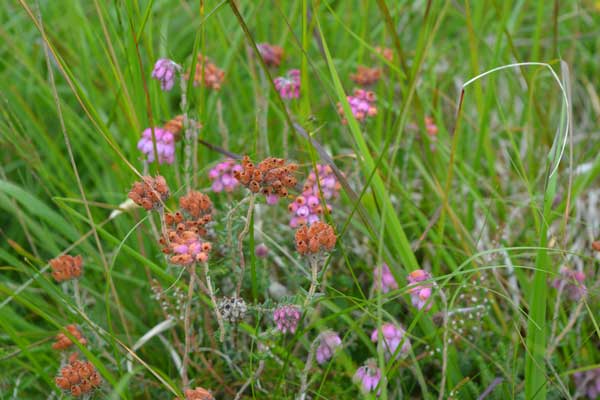Swallows and house martins flitted over the fields, plucking insects from the late summer sky. The wind had died down and the threatening water had calmed. Unbelievably, conditions seemed to have slowly swung round in my favour … surely now a trout would take an interest in my fly.
Little did I know it was the calm before the storm.
Neil Harwood reports on a fly fishing trip to Cray Reservoir in the Brecon Beacons …
Fly Fishing In The Brecon Beacons National Park
Brecon Beacons National Park is situated in South Wales. It is easily accessible by car, being a short drive from Cardiff, and bordered by England to the east. Its picturesque hills and valleys are scarred both by industry – now mostly long gone – and by the elements – very much alive and kicking – and the landscape is a reminder of man’s constant battle with his surroundings.
The fly fisherman is spoilt for choice in the Brecon Beacons: the Usk curves its way through the region, and the Teifi is nearby. Both rivers are known for their runs of salmon and sea trout, as well as their resident hard-fighting brownies.
Away from the riverbank, there are numerous lakes and reservoirs dotted around the national park.
Thanks to the somewhat peculiar booking system in operation on much of the Usk (one is required to book online – difficult if one is camping and doesn’t have a smartphone), I ‘opted’ to fish a reservoir.
Given the location of my campsite, I narrowed the choice down to two reservoirs: Usk and Cray (also known as Crai). Usk Reservoir is beautiful: remote, and surrounded by stunning countryside. It also came highly recommended from the very helpful lady at the visitor centre.
However, I chose to fish Cray Reservoir. The cheaper of the two, I had already seen it nestled in a valley alongside the scenic A607 road from Sennybridge to Abercraf.
Actually it had looked rather forbidding: slate-grey and eerie under overcast skies. I think that’s what appealed. It also looked just the right size: it was big, but not too big. With a whole day set aside I would be able to make my way around the entire reservoir.
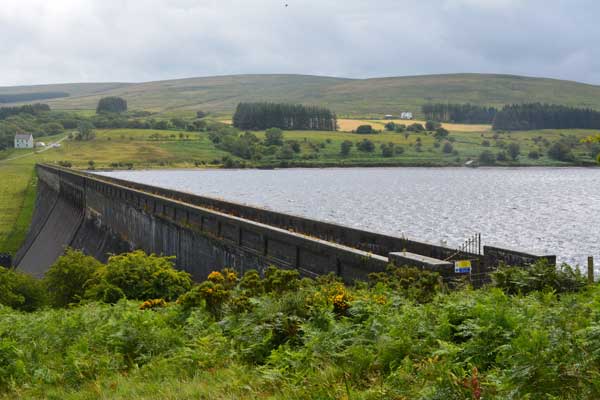
Cray Reservoir Fly Fishing
The day came, and, after popping my twelve quid through the letter box at the neighbouring farm, I drove through the gate and down to the small parking area. Here I met another angler: a Dutchman, also bemused by the River Usk’s booking system. ‘I am from Holland – we have no running water: I don’t want to fish a stillwater!’ he complained.
He was better prepared than me. He was striding purposefully down towards the reservoir before I had assembled my rod. Preparedness is very definitely a trait of a good angler. I wonder how he fared; I didn’t see him again.
Ominously, the already stiff breeze had been getting steadily stronger while I was getting ready. A few specks of rain had also started to fall. My heart didn’t exactly sink – I was, after all, surrounded by beautiful countryside with the prospect of a day’s fishing ahead of me. However, I got the feeling that it wasn’t going to be easy. Unlike many of my fishing hunches, this one proved to be right.
I had seen the Dutchman heading off round the reservoir in a clockwise direction. This was the sensible choice (assuming he was right-handed): he’d have the wind coming from his left.
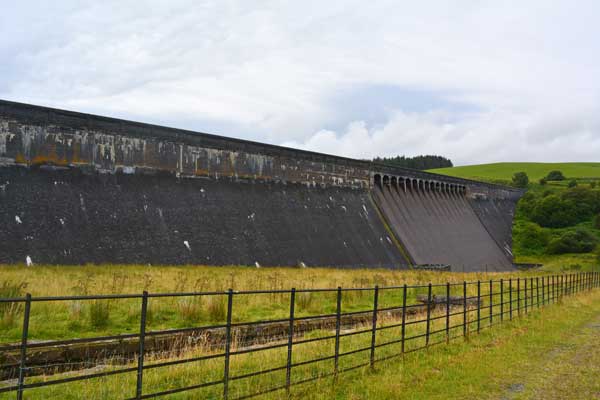
Preferring to fish alone, I opted to go the other way round. I made my way down a path that led behind the towering dam wall and emerged at the other side of the reservoir.
After scrambling through some bracken, I found myself at a small bay next to a control tower. The wind was now hurtling across the water, but at least the building offered some protection. I was using a floating line with a 10’ tapered 3x leader. Given the conditions I stuck to a single fly on the end of a 9′ 6lb tippet.
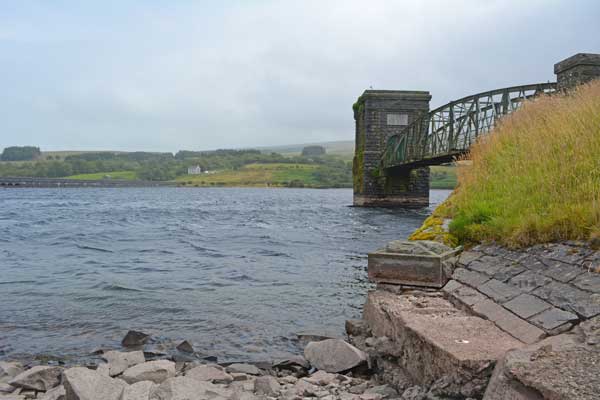
But which fly? My walk to the water’s edge had offered no clues as to what would be a good imitative choice. I went with a damselfly nymph, and fished it close to the surface.
The conditions really were atrocious. I realised that for the sake of fishing in solitude I’d given up any chance of actually being able to cast. With the wind coming in from the right I had to cast over my left shoulder. The line whistled, cracked and hissed through the air.
Foam gathered at the water’s edge. I could see through the clear water to the stony depths below. Waves criss-crossed the dark expanse of water and white horses were beginning to appear.
It was typical hill weather. Up here you don’t look up to see the clouds – they’re already at your level, ready to smother you with a cold, clammy embrace.
After having no joy with the damselfly nymph, I decided a change of colour was called for. Closest to hand in my untidy fly box was that most traditional of Welsh reservoir flies: the Montana nymph!
In fact, the slightly weighted fly would help with the casting, so on the line and into the water it went.
Just as the thought of sandwiches was beginning to drift into my consciousness, I was jolted back to reality by a delicate take.
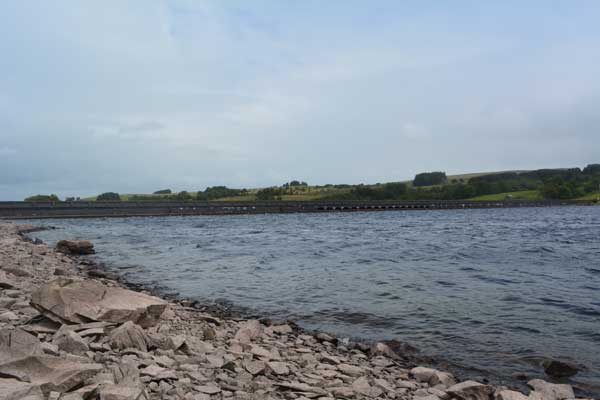
I was relieved to learn that there were actually fish in the water. After a few more casts I was beginning to think that it had been a one-off, but suddenly there was another pull and I was into a spirited little brownie.
It didn’t take any line, but it was pulling decently and making some acrobatic leaps out of the water. I scrambled over the loose rocks to get into a position to net it, before realising that it had gone. I ruefully pulled in a bedraggled Montana nymph.
It was still early days, but this time the lure of sandwiches was too strong. Lamenting the lost fish, I sat down and took a short break.
The wind had so far been pushing the rainclouds straight through the valley. In fact, the sun had ventured out on a number of occasions. However, while I was eating, a more determined band of cloud arrived, and the showers became heavier. After a few more casts in the vicinity of the lost fish, I decided to make my way further round the reservoir.
If there was a path, I never found it. I fought my way through tall grass, bracken, brambles and marshes. I stopped anywhere that looked vaguely hopeful, but with the wind still gusting strongly in the wrong direction, it all seemed a bit hopeless.
I reached a bay into which a small stream trickled. My path was blocked by the stream itself and the rocky bank that rose up behind me.
There was nothing else for it. I threw my rod and net up onto the rocks, and climbed up behind them. Why do my fishing trips always end up resembling SAS training exercises? I sometimes feel that I missed my true vocation.
Eventually I reached the other side, and found a point from which I could cover the promising patch of water. Then, during a break in the rain, a trout rose nearby. Finally some signs of life!
I did what any other fly fisherman does after seeing the first rise of the day: quickly bit off the nymph and tied on dry fly!
To no avail. There were no more rises on this side of the reservoir. The dry fly was quickly relegated back to the box, and the first in a succession of nymphs and traditional wet flies was tied on.
A weak take rewarded my efforts, but that was all. With the conditions deteriorating, I continued with my circumnavigation.
It was heavy going. Rod and net had to be carried at shoulder height through the foliage. Finally I reached the head of the reservoir.
Here, in the shallows where a stream flowed into the reservoir, a heron was fishing. A pair of redstarts chased each other through the trees. This sight alone was enough to make my day: redstarts are a rare sight in my native Sussex. Sadly, the water was inaccessible at this rather idyllic point: the bank had risen to around ten feet and to get down to the water would have taken some serious effort.
I continued round and found a place to cross the stream. On the way I came across some strange industrial architecture: the kind of thing one often seems to stumble upon when fishing reservoirs in wild places. I find them rather eerie.
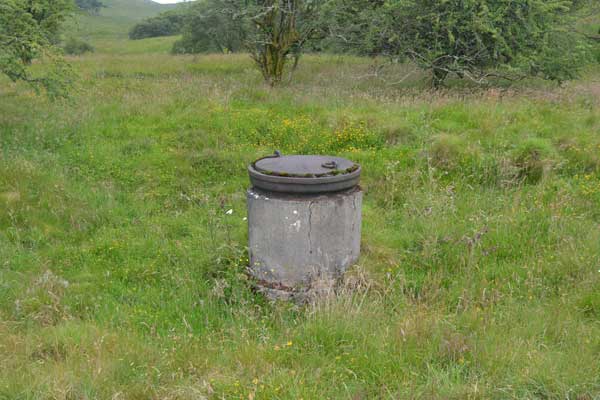
After more special forces-style scrambling, I once again found myself at the water’s edge. The wind had died down, and was now coming from my left. The rain, too, had stopped, and yes, here and there was the occasional rise.
I crept over the rocky shore and, sticking with the battered Montana nymph, started to cover the now still water. After the morning’s hard work, this was heaven. I began to experience the occasional take, but was unable to turn them into anything more substantial. I tried other flies, but it was the Montana nymph they wanted.
After seeing more rises, I tried some exploratory drifts with a dry fly. With a slight flow in the water, it was like fishing a deep river. I managed to tempt a fish into making a splashy rise, but the truth is that I wasn’t really expecting it and my strike didn’t even pull in all of the slack. A lesson learnt. Actually, probably just a lesson.
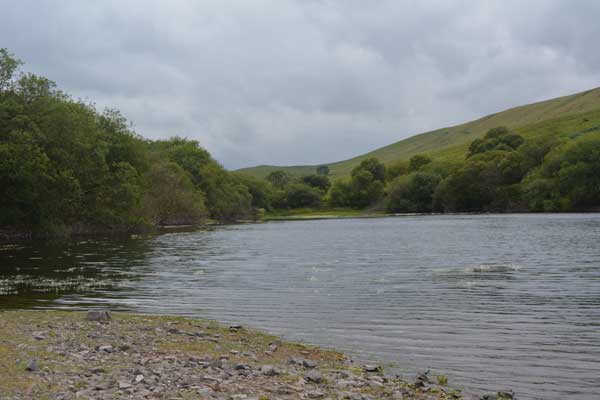
Conditions were momentarily perfect, but it truly was the calm before the storm. The brief respite in the weather lasted for about half an hour, then someone up there decided that I had had my chance and blown it. The wind picked up with a vengeance, and brought the rain back with it.
I hadn’t quite given up – I still had half a reservoir to fish – but my confidence was shaken. And that rain! The clouds opened, and the waterproofs came on for the first time that day.
I clambered back in the direction of the dam, stopping at any promising spot for a few casts before moving on. I was wet through and demoralised. I was fishing mechanically, and if and when the takes came I was caught unawares.
Finally, halfway down the reservoir, I found a spot from where I was able to make a decent back cast.
As I prepared to fish, I saw a family of great crested grebes swimming around their nest. The chicks were riding on their parents’ backs. A cheering sight on a miserable day, and it proved to be a good omen, too.
I resumed my uninspired casting and retrieving. The rain was pouring down, creating a mist over the water. My hands and face were numb.
All of a sudden I found myself playing a large fish. It took a few seconds to register that I had finally made a decent connection, and to an adversary who clearly wasn’t happy with the situation.
How it pulled! There were no acrobatics: this was a display of brute strength. However, I don’t believe in prolonging a fight, and soon started bullying the fish towards the bank. With one thrust of the landing net it was mine, and as I lifted it out of the water I saw that the fly had already fallen out. It was the same Montana nymph I’d been using on and off all of the way round the reservoir.
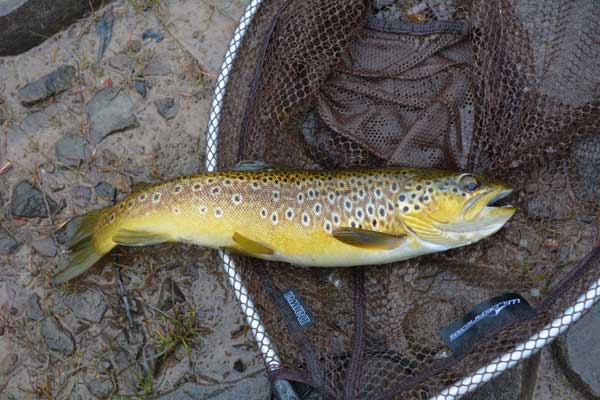
The trout was heavily built, and a beautiful buttery yellow with big black spots. After a quick appreciation of its beauty, and a guess as to its weight (1.5lb), I released it back into the water.
As the trout darted back into the depths, I realised that I’d cast my last cast of the day. I’d been rewarded for my persistence, and the rain was coming down harder than ever. I packed up my gear, and strode straight back towards the dam and my car, both of which were still a long way off.
The direct route took me away from the reservoir, and I no doubt missed several other good fishing spots. Plenty of reason to return, then. Finally, after disturbing a pair of buzzards, and marvelling at the flying skills of the swallows and martins swarming over the fields, I reached the car.
I’d spent the day clambering over marshy ground, climbing steep banks and casting against the wind. I was physically and mentally drained. Removal of my waterproofs revealed the shocking extent of their ineffectiveness. I sat, dazed and soaked, in the steamy car. Despite all this, somewhere at the back of my mind, I was already planning my next visit.

